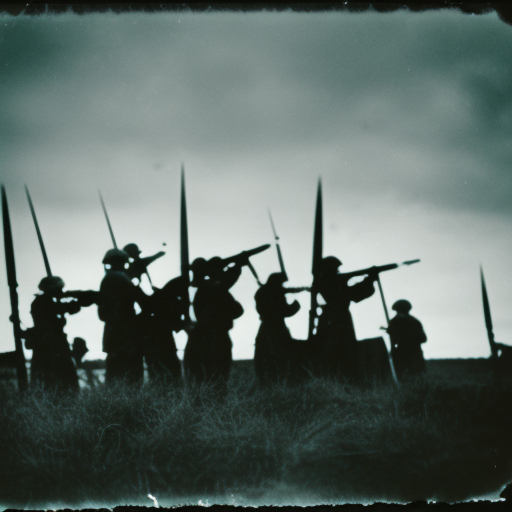The First Battle of Schooneveld: A Naval Clash during the Second Anglo-Dutch War
The First Battle of Schooneveld was a significant naval engagement that took place on May 28, 1673, during the Second Anglo-Dutch War. This battle occurred off the coast of the Netherlands, near the Schooneveld sandbank. It was a clash between the English and Dutch fleets, led by Admiral Sir Edward Spragge and Lieutenant-Admiral Michiel de Ruyter, respectively.
Background:
The Second Anglo-Dutch War began in 1665 and was primarily fought between England and the Dutch Republic. The conflict arose due to trade disputes, competition for colonial territories, and political tensions. By 1673, the war had been ongoing for several years, with both sides experiencing victories and setbacks.
The English Fleet:
The English fleet, under the command of Admiral Spragge, consisted of around 100 ships, including powerful warships like the Royal Charles and the Prince Royal. The English had a numerical advantage over the Dutch, but their ships were larger and less maneuverable.
The Dutch Fleet:
The Dutch fleet, commanded by Lieutenant-Admiral de Ruyter, comprised approximately 80 ships. The Dutch navy was renowned for its skilled sailors and innovative tactics. Their ships were smaller and more agile, allowing them to outmaneuver their English counterparts.
The Battle:
The battle began when the English fleet attempted to blockade the Dutch fleet near the Schooneveld sandbank. The Dutch, however, managed to break through the English line and engage them in a fierce naval battle. The fighting was intense, with both sides exchanging cannon fire and attempting to board enemy ships.
Dutch Tactics:
The Dutch employed a tactic known as the “Line of Battle,” where their ships formed a single line, allowing them to concentrate their firepower on individual English vessels. This tactic proved effective in breaking the English line and causing significant damage to their ships.
English Resistance:
Despite the Dutch successes, the English fleet put up a strong resistance. Admiral Spragge skillfully maneuvered his ships, attempting to regain control of the battle. The English ships, with their larger cannons, inflicted heavy damage on the Dutch fleet, sinking several ships and causing numerous casualties.
Outcome:
After several hours of intense fighting, the battle ended inconclusively. Both sides suffered heavy losses, with the Dutch losing around ten ships and the English losing seven. The English were unable to achieve their objective of blocking the Dutch fleet, allowing them to escape to safety.
Significance:
The First Battle of Schooneveld was a significant engagement during the Second Anglo-Dutch War. It demonstrated the effectiveness of the Dutch “Line of Battle” tactic and the resilience of the English fleet. The battle also highlighted the skill and leadership of Admiral de Ruyter and Admiral Spragge.
Conclusion:
The First Battle of Schooneveld was a fierce naval clash between the English and Dutch fleets during the Second Anglo-Dutch War. Both sides displayed tactical prowess and determination, resulting in heavy casualties. While inconclusive, the battle had a significant impact on the course of the war and further solidified the reputation of the Dutch navy.












